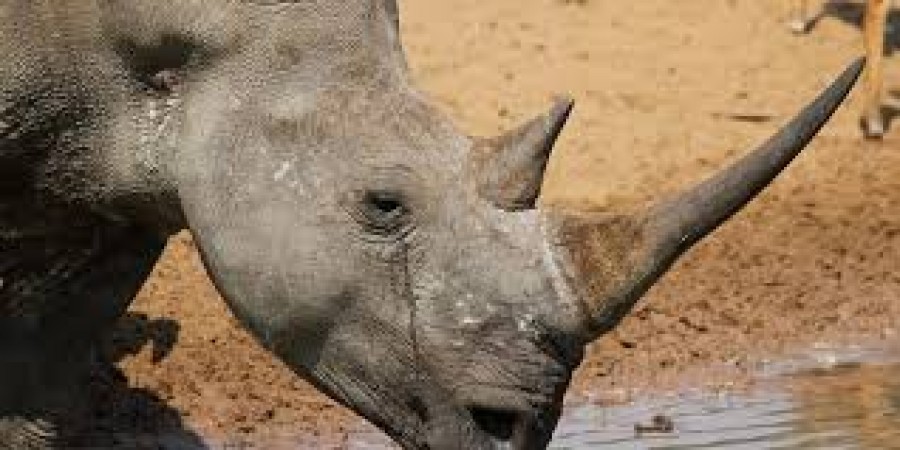
In the realm of illicit wildlife trade, few commodities are as coveted and controversial as the rhinoceros horn. These majestic creatures, once abundant across various ecosystems, are now critically endangered due to relentless poaching driven by the demand for their horns. But just how much does a rhinoceros horn fetch on the black market?
Rarity and Demand: Factors Influencing Prices
The exorbitant prices fetched by rhinoceros horns are largely influenced by their rarity and the high demand for them, particularly in certain Asian markets. Rhino horns are sought after for their purported medicinal properties and are often used in traditional Asian medicine, despite lacking scientific evidence to support their efficacy.
Variability in Pricing
The price of a rhinoceros horn can vary significantly depending on several factors:
1. Rhino Species:
2. Weight and Quality:
3. Geographic Location:
4. Legal Status:
Price Range: From Luxury to Lethal
The price of a rhinoceros horn is staggering, with reports suggesting that it can range anywhere from $30,000 to $100,000 per kilogram on the black market. This makes it one of the most valuable commodities by weight, surpassing the prices of gold and cocaine.
Consequences of the Trade
Despite the astronomical profits associated with the rhino horn trade, the consequences are dire and far-reaching:
1. Species Endangerment:
2. Organized Crime:
3. Economic Impacts:
4. Humanitarian Concerns:
The staggering prices commanded by rhinoceros horns underscore the urgent need for concerted international efforts to combat poaching and illegal wildlife trade. Beyond the financial incentives, the true cost of this illicit trade is measured in lives lost, ecosystems disrupted, and cultural heritage endangered. Only through collaborative action can we hope to preserve these iconic species and the ecosystems they inhabit for generations to come.
Indian Business Leaders Embrace AI for Growth and Efficiency
India Adds 25 New Billionaires: Diverse Backgrounds, One Common Success Story
Renuka Jagtiani Emerges as India's Newest Billionaire: Looking At Landmark Group CEO's Success Story